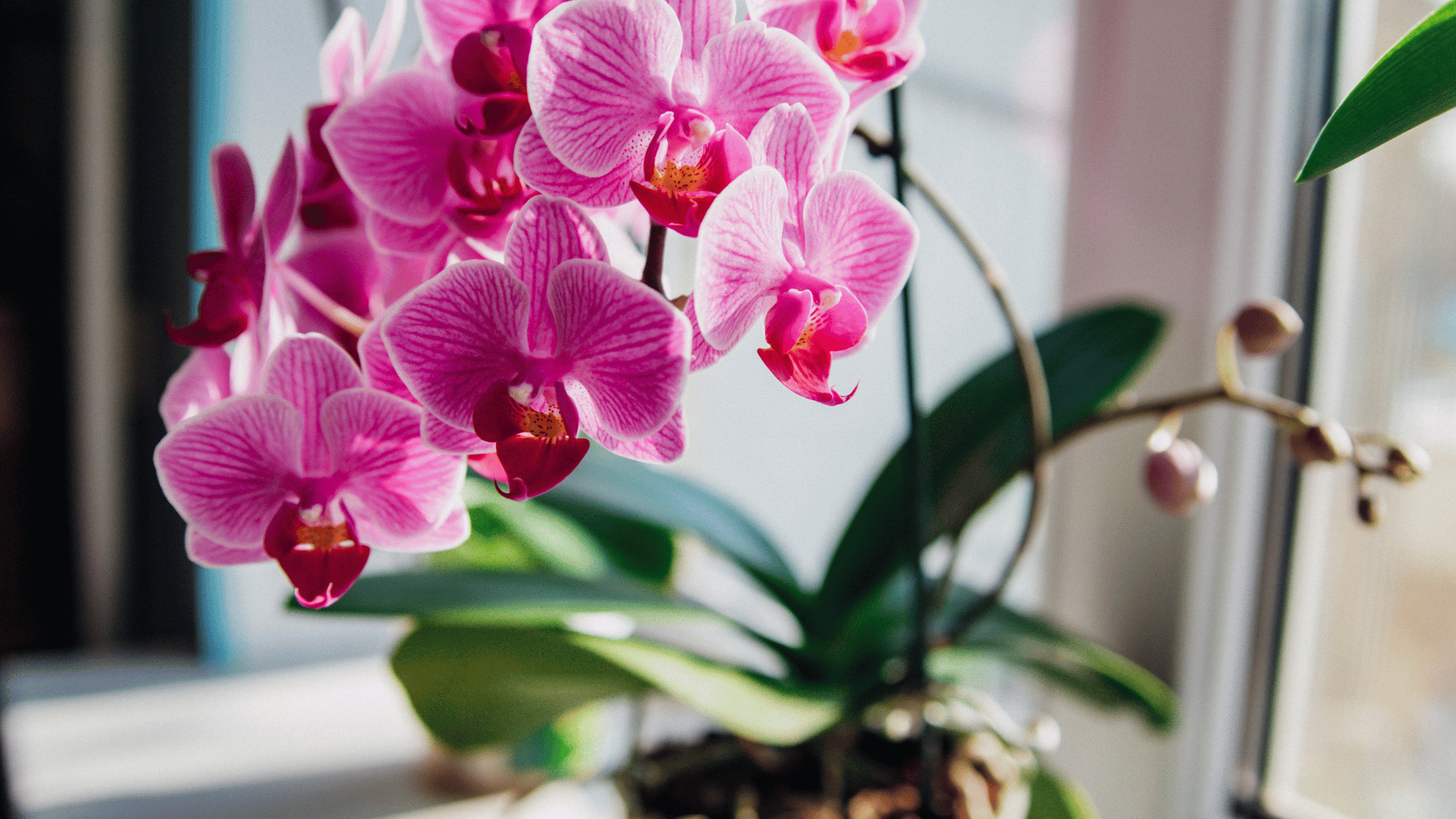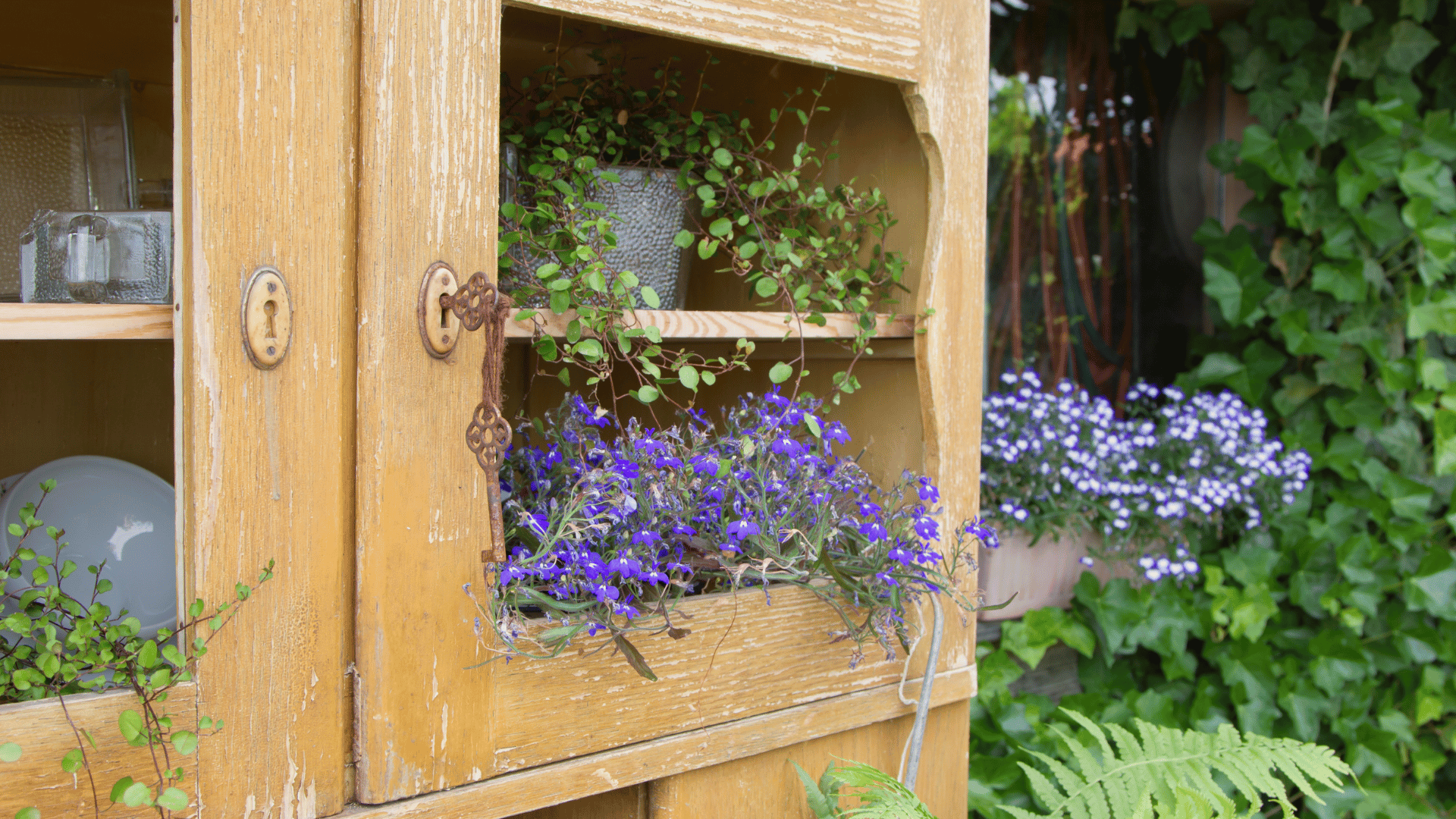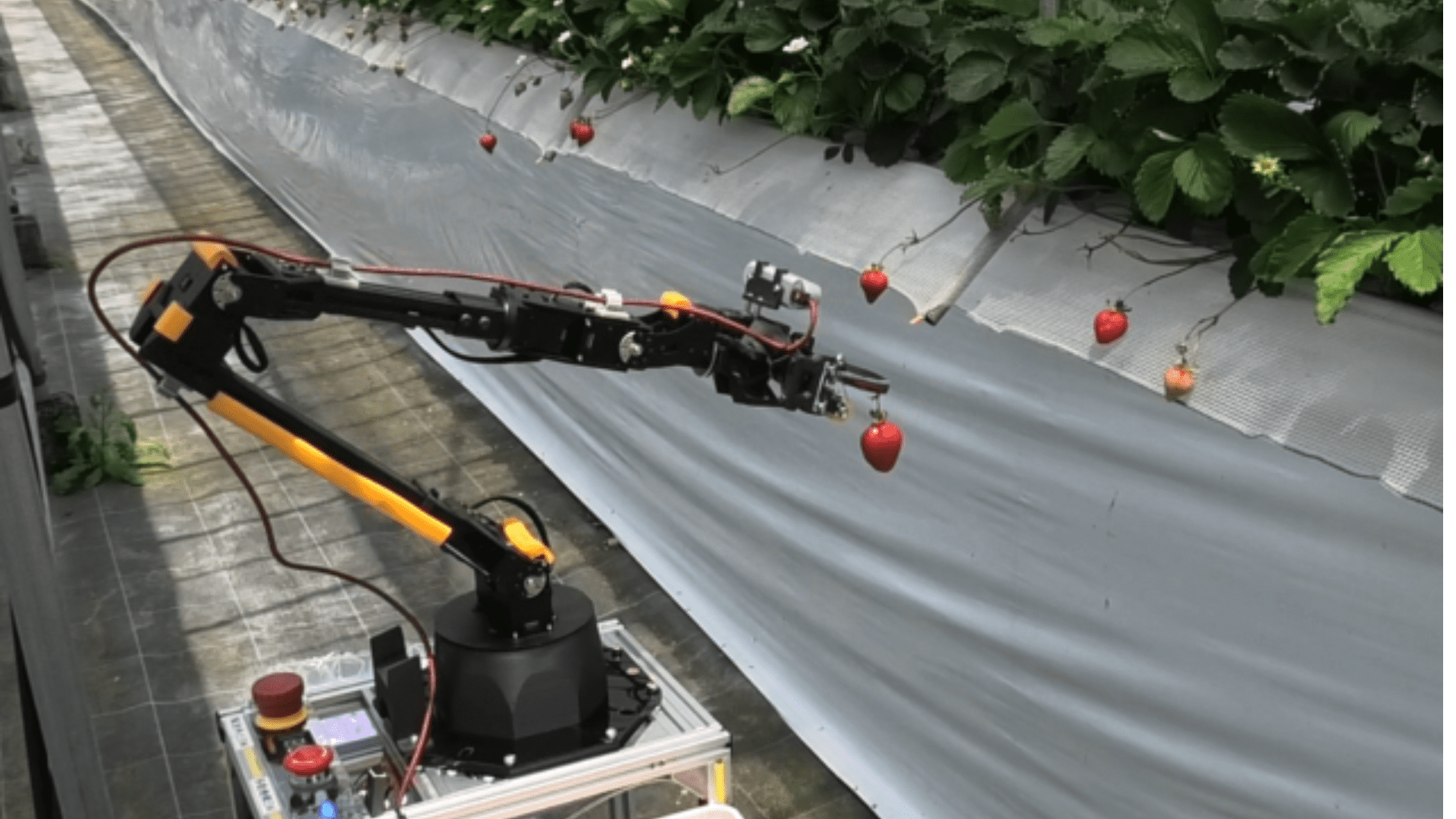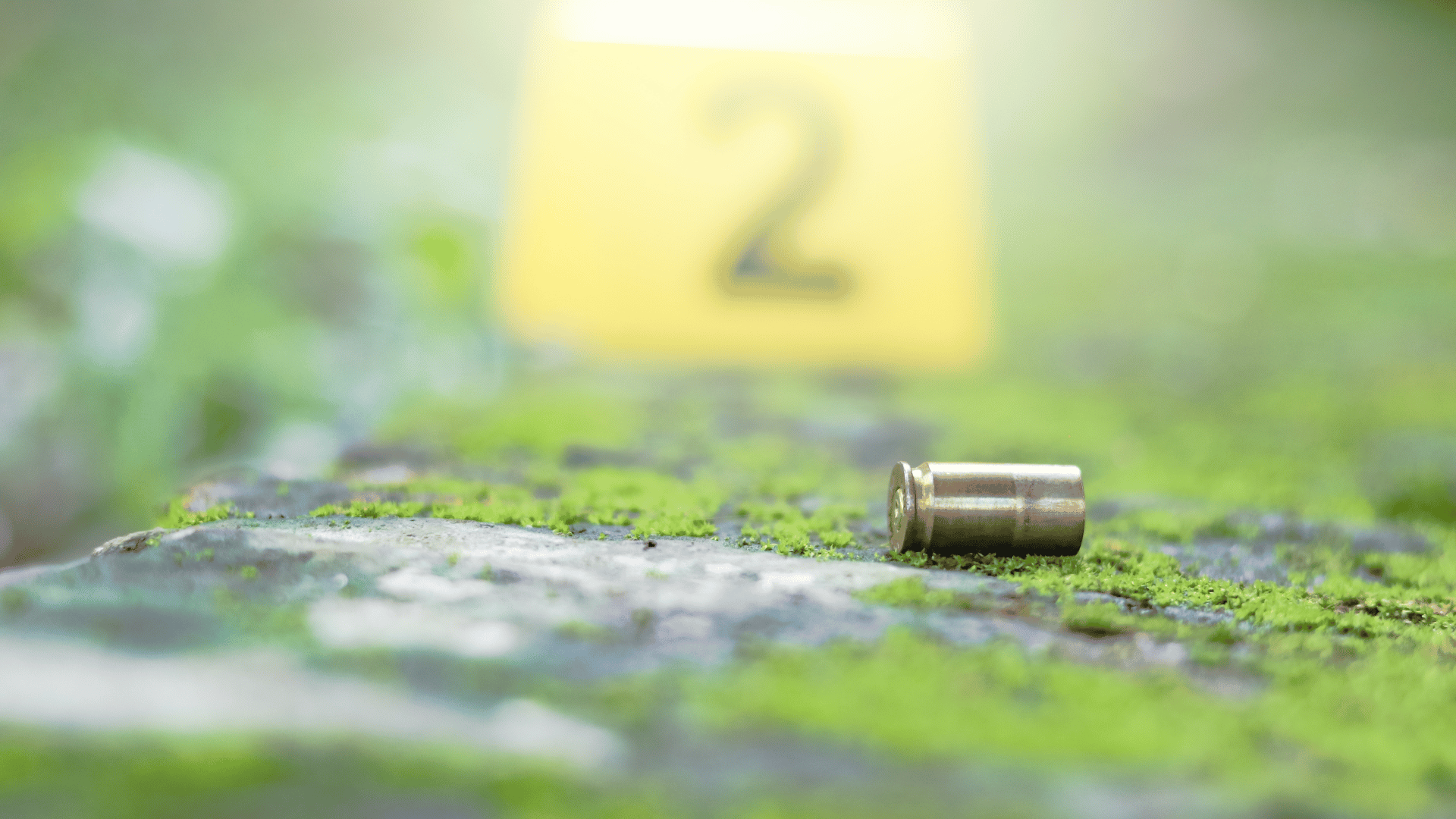Researchers are planning to study hundreds of thousands of “antique” flowers and plants to measure changing pollution levels and air quality.
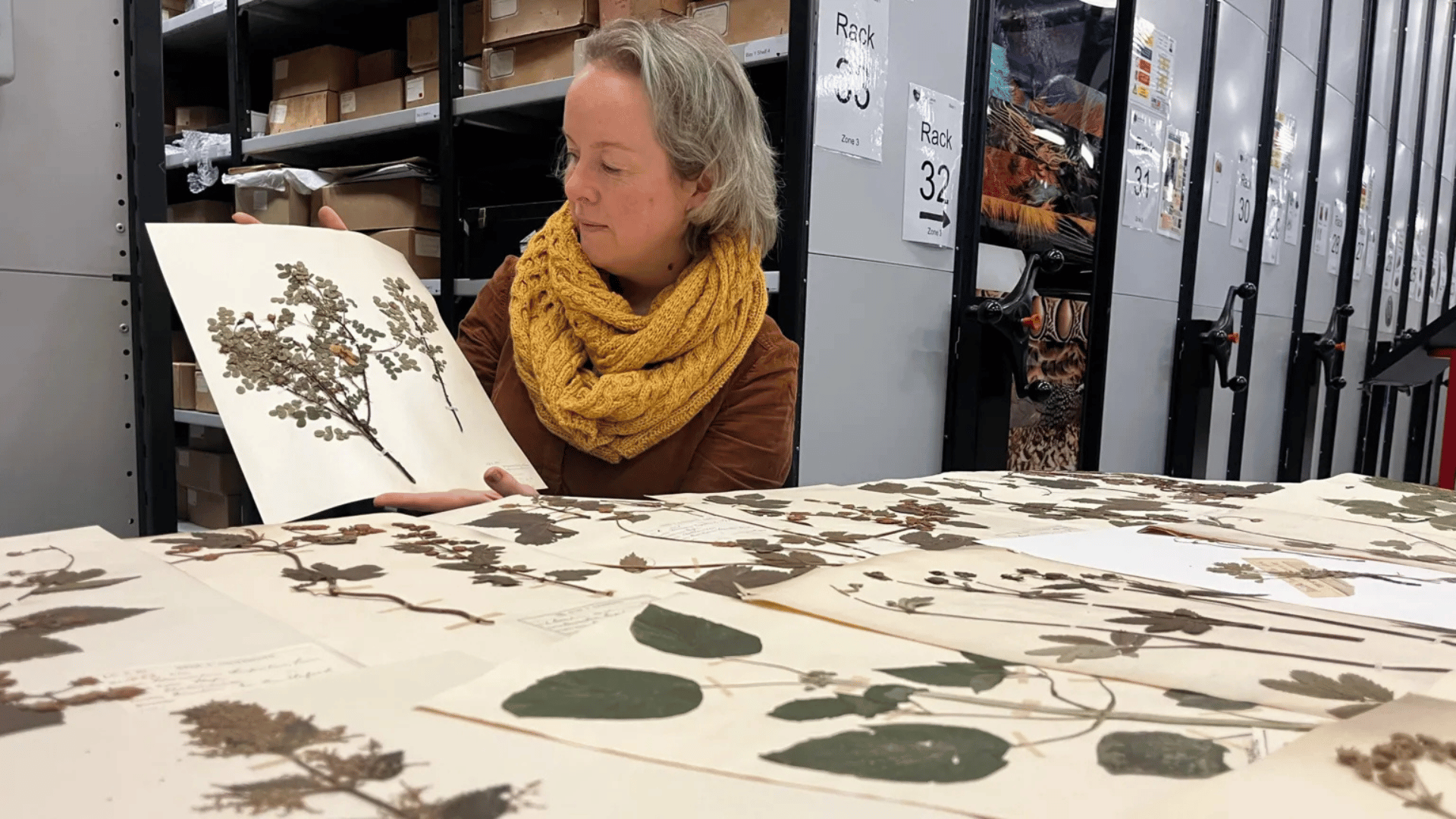
Leeds Museums and Galleries is collaborating with Space2, a Gipton-based arts and social change charity, to search through the 250,000-strong collection. The Dead Plant Society project will be studying herbarium sheets, which were collected by botanists and horticulturalists over the past 200 years.
Herbarium sheets are a method of preserving plants and flowers on paper for hundreds of years. These plants were first invented in Italy in the 15th Century and are currently stored at the Leeds Discovery Centre.
People living and working in east Leeds, the same area where the plants once grew, will study the plants. Leeds Museums and Galleries’ curator of natural sciences, Clare Brown, said she hoped the project would allow researchers to better understand how climate change and local biodiversity have affected the city over time.
“Our herbarium collection is not only a remarkably beautiful resource, it’s also a hugely important and detailed record of how plant life and the natural world in Leeds have evolved over the past 200 years. Connecting this amazing collection with people living in the places where these beautiful plants once grew will enable them to connect with their local history, including discovering the different ways people in east Leeds may have used these plants in the past for everything from food to medicine,” stated Brown to BBC.
The project’s researchers plan to add some new specimens to the collection to further track how nature and biodiversity in Leeds have changed over the past 200 years.
“There is a huge amount of pride and passion in our communities for the green spaces across east Leeds, as well as concern about climate change and biodiversity loss. We’re really excited about the mix of history, awareness and creativity that this project will realise.” stated Paul Barker, Space2 co-director.



